The “Cultural China” course recently launched a new session under the theme “Intangible Heritage China: The Art of Tie-Dye, A Symphony of Color and Craftsmanship.” The immersive practical class took place in Classroom C204, Haitian Yuan, Chang’an Campus, and attracted a diverse group of more than 40 international students from 11 countries.

The course began with the culture teacher providing a detailed explanation of the meaning and historical development of tie-dye. During the session, students not only learned about how this ancient craft was disseminated along the Silk Road but also unlocked the ancient wisdom behind the fusion of its technique and culture. They further gained an appreciation for the distinct tie-dye styles unique to various Chinese ethnic minority groups.
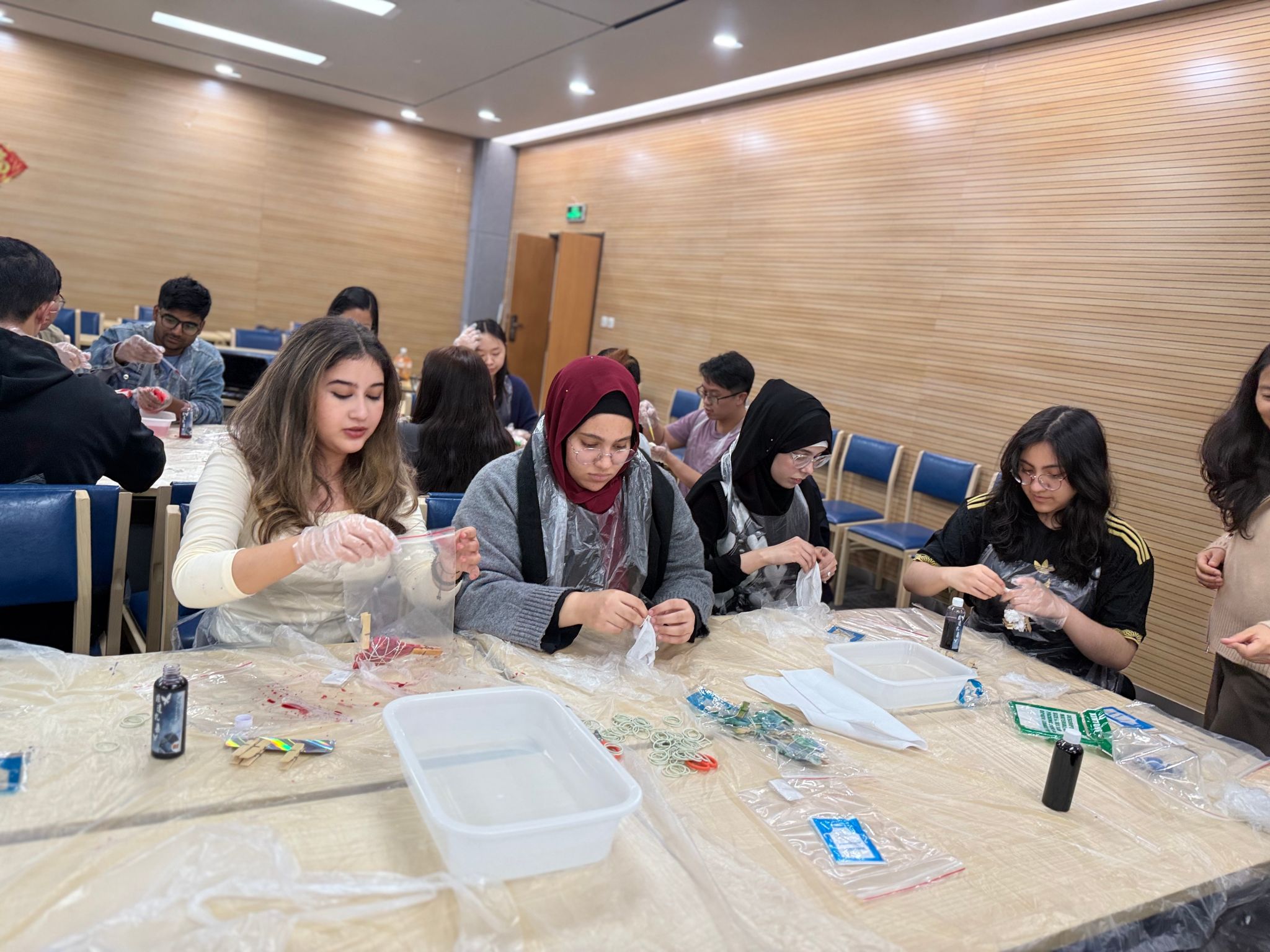
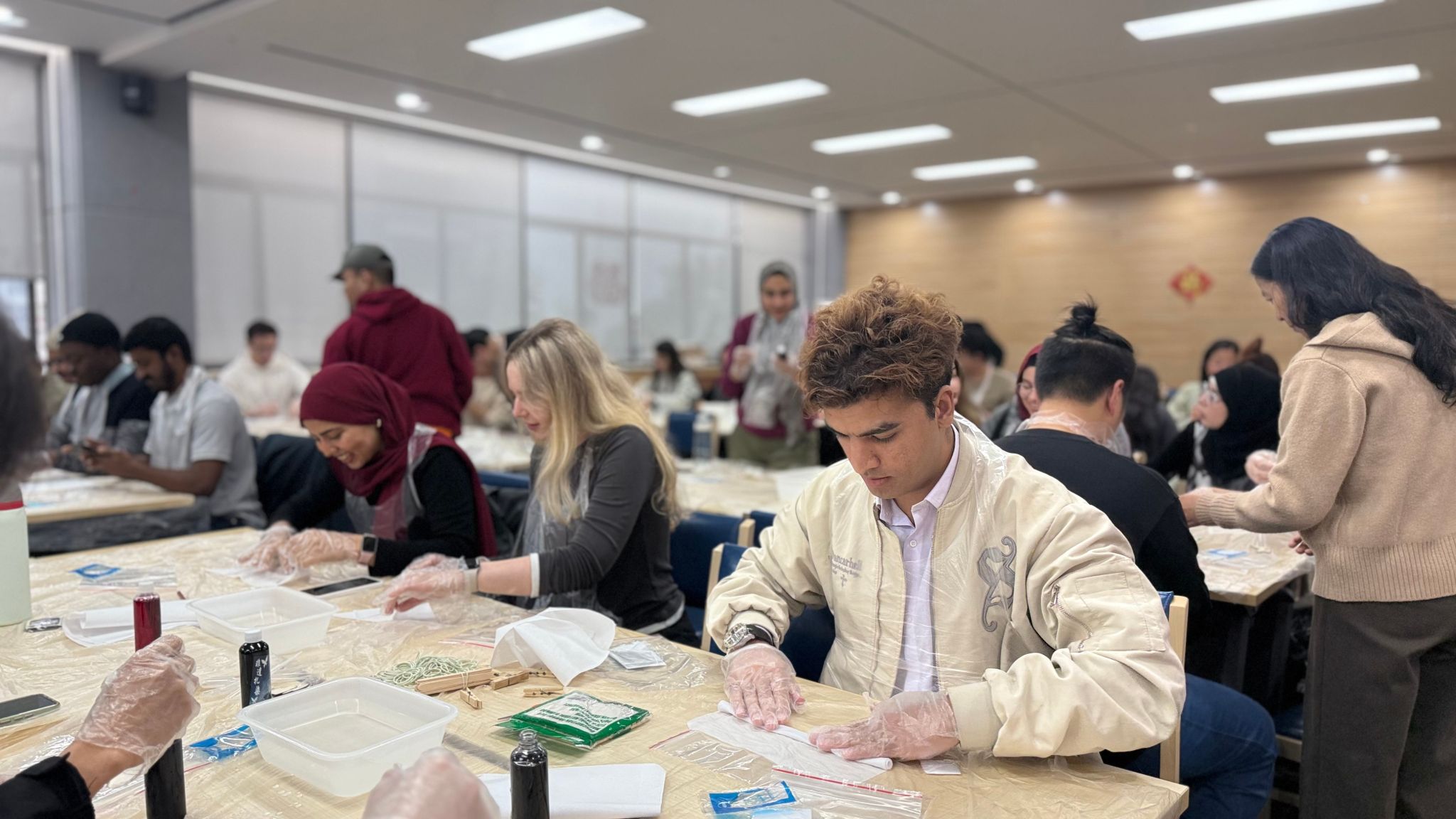

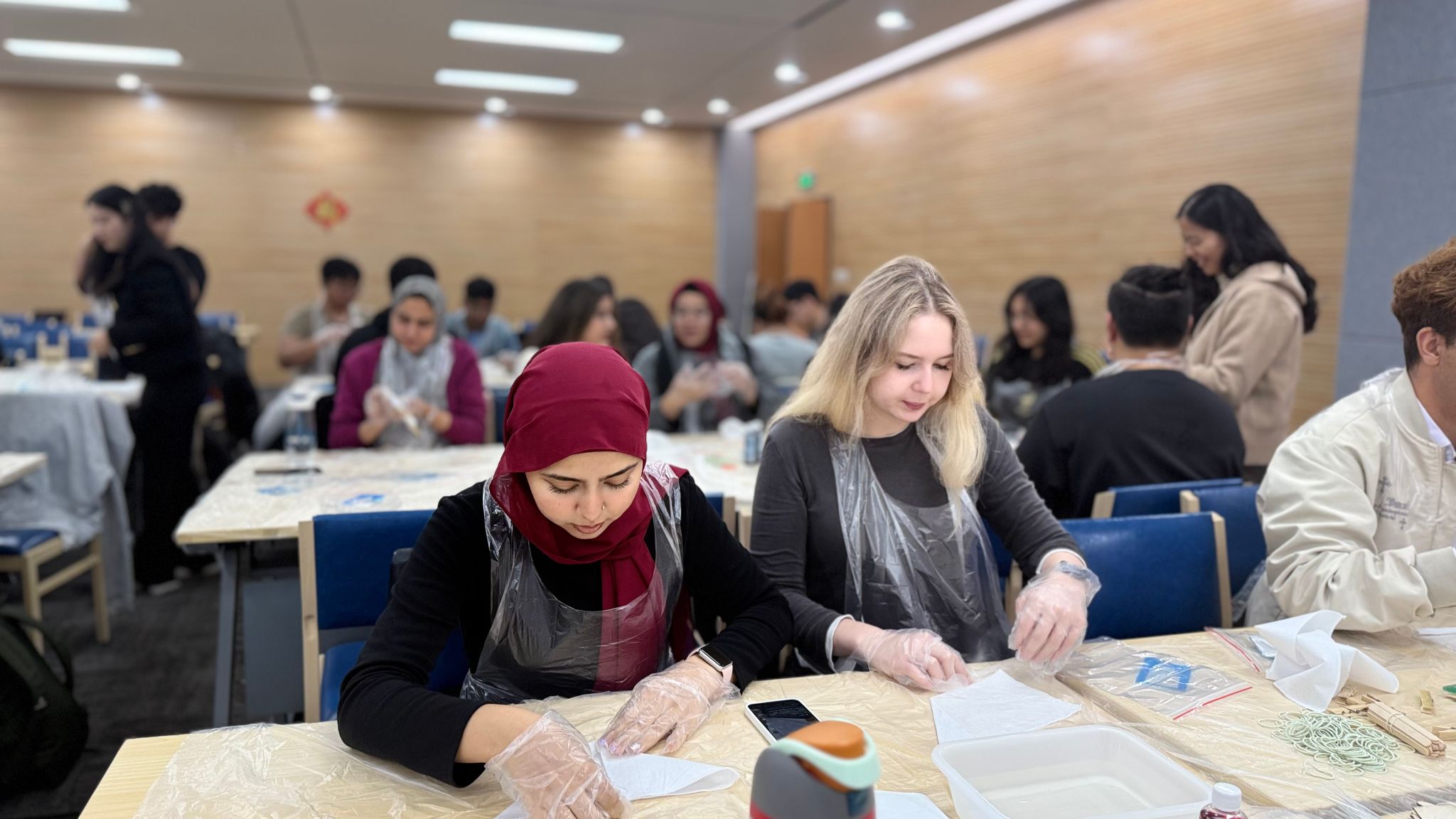
During the hands-on session, the classroom was transformed into an immersive “intangible heritage workshop”, where teachers and students embarked on a creative journey together—a journey where fabric meets dye and blossoms with vitality. Under the teacher’s guidance, the students completed each step: soaking, draining, binding, dyeing, color-fixing, and drying. As each uniquely patterned, vibrantly colored tie-dye piece was unveiled, the room filled with palpable excitement. Everyone eagerly shared their creations with classmates and teachers.
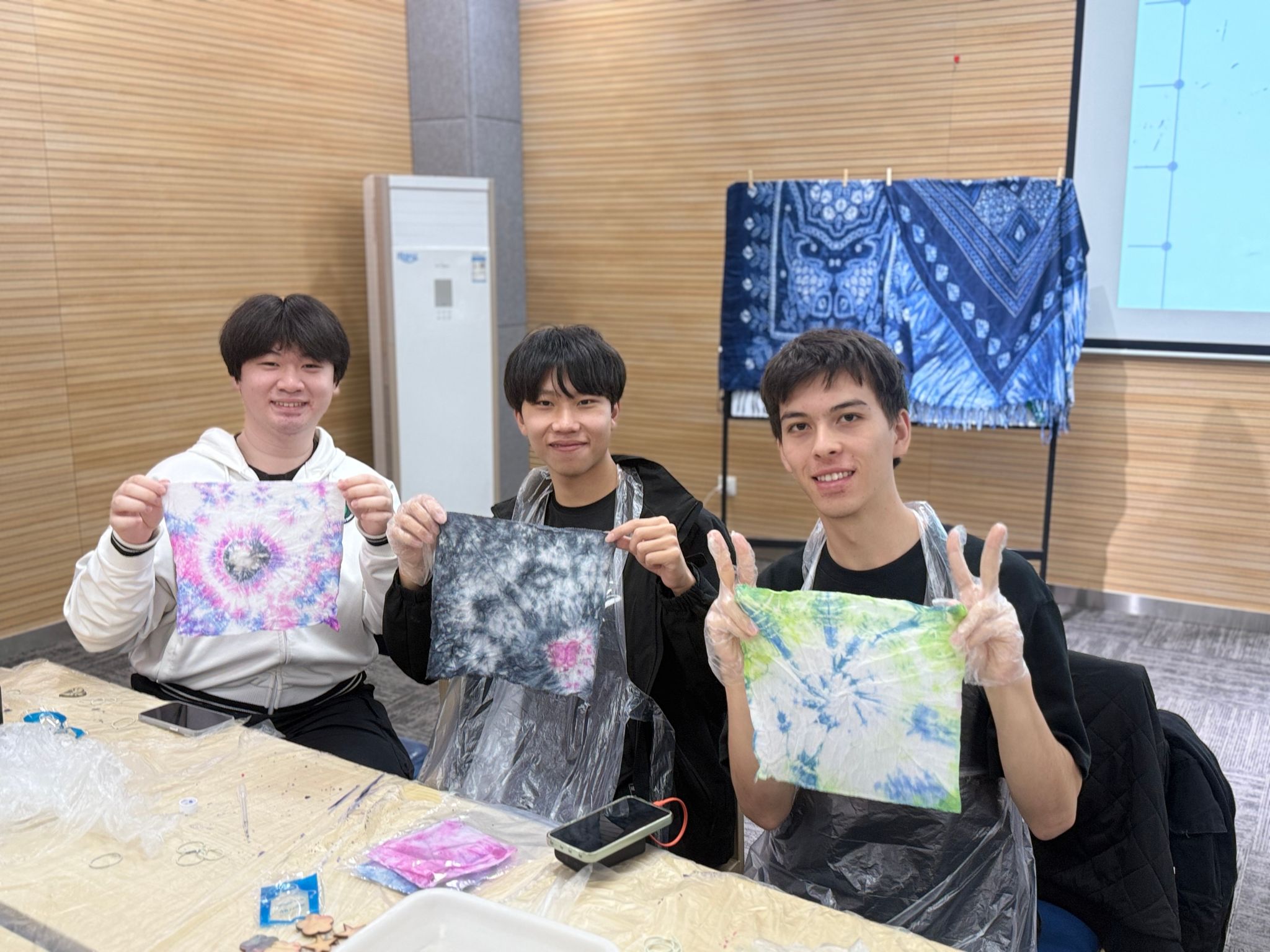

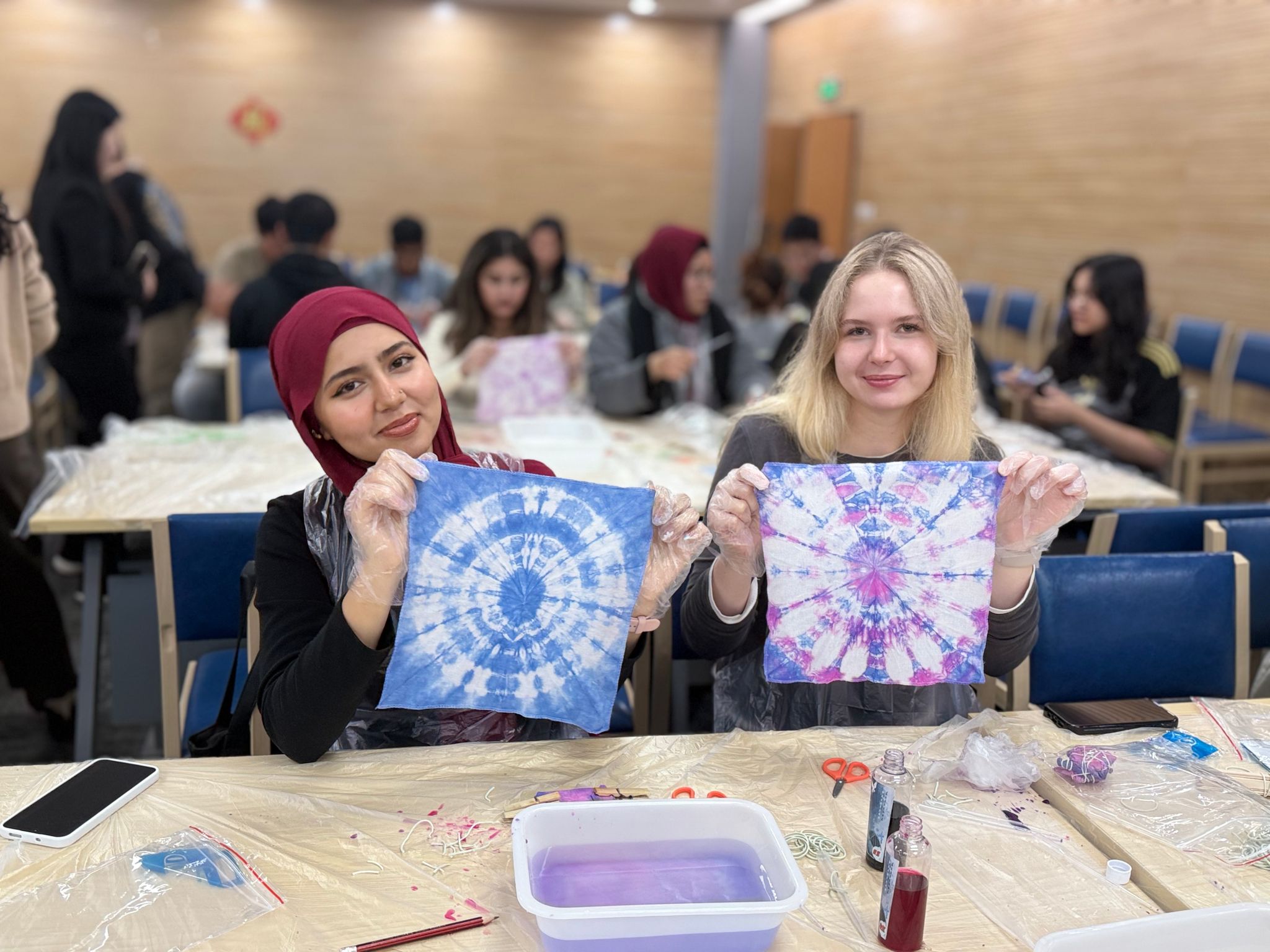
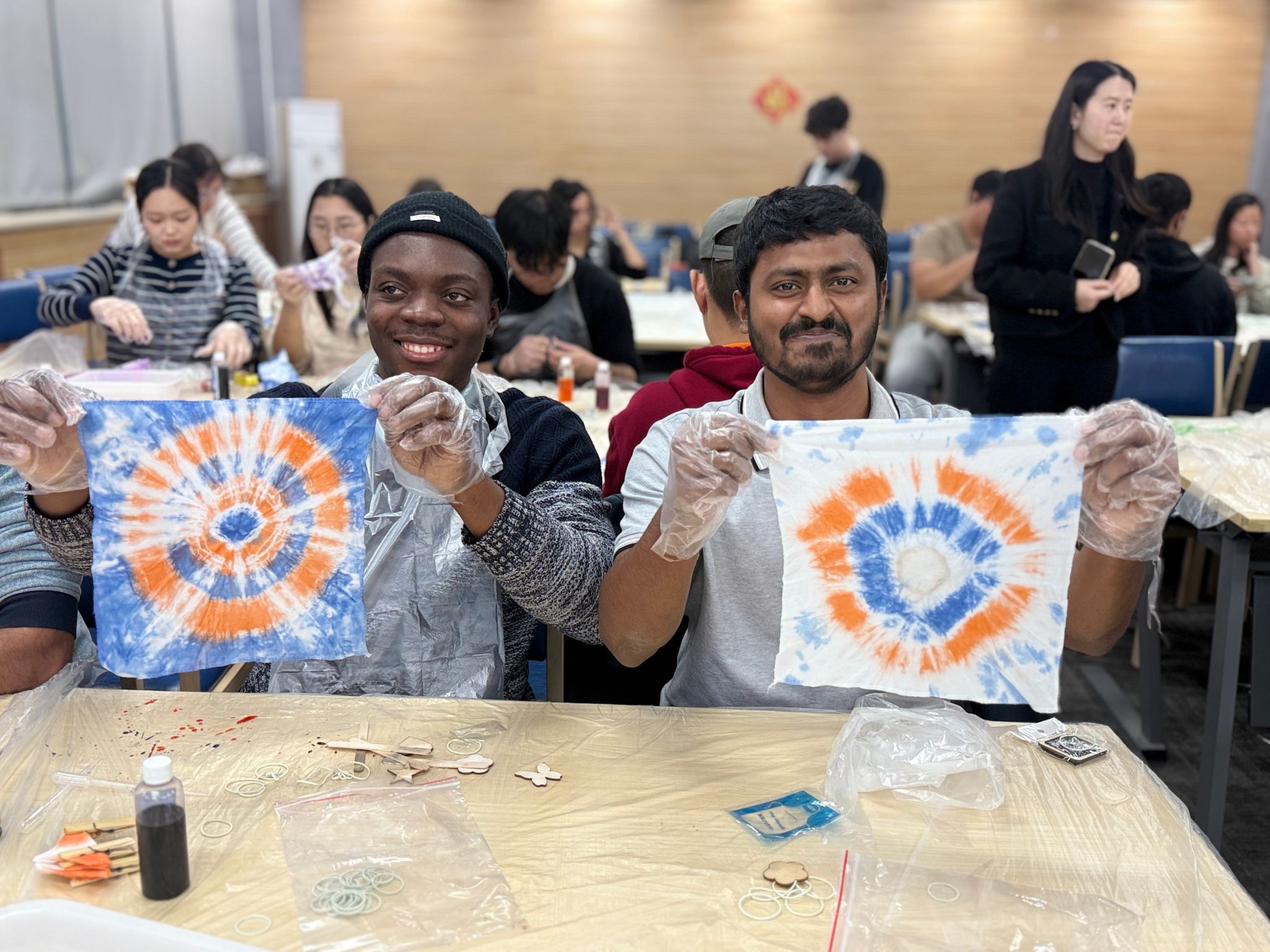
To conclude the session, teachers and students engaged in a lively discussion, facilitated by photos and physical displays, on the contemporary evolution of tie-dye art. They explored its journey from classic blue-and-white color schemes to a diverse palette, and from an element of ethnic clothing to a modern fashion statement. Through this exchange, the students came to understand that tie-dye is not only a “living heritage” steeped in history but also an ever-innovating “cultural symbol”.

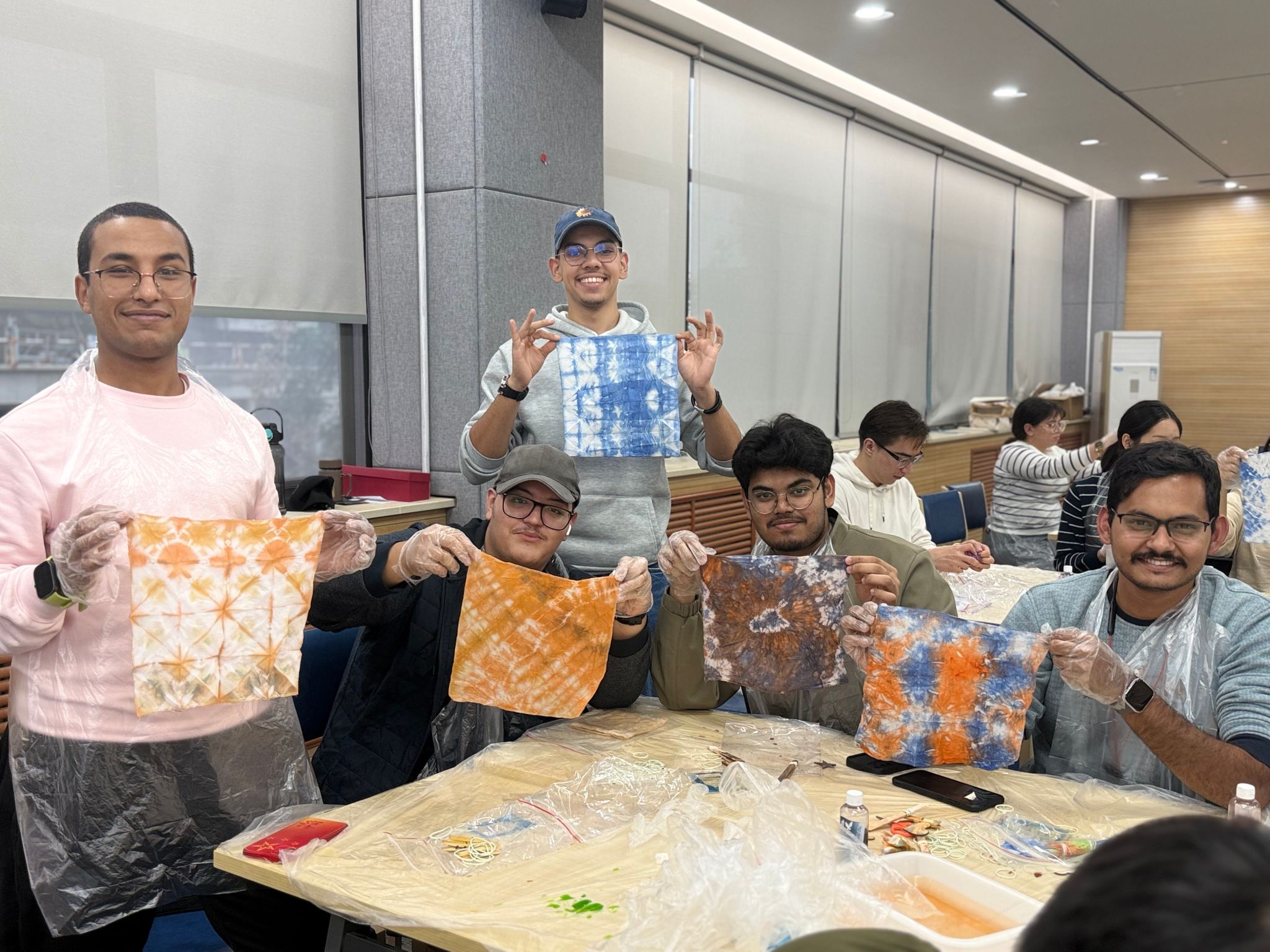

A single thread winds around the fabric; a touch of indigo dyes the flow of time. The art of tie-dye embodies a millennium of Eastern aesthetics and the enduring spirit of craftsmanship.
(Text:Li Jing, Li Dan; Edit:Gao Xiaoqian; Review:Li Ziwei; Translators: Li Yiwen, Mei Leyun)
